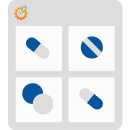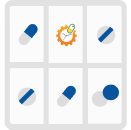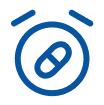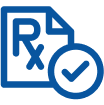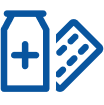Unlock the latest in medication management technology and grow your care community with us.
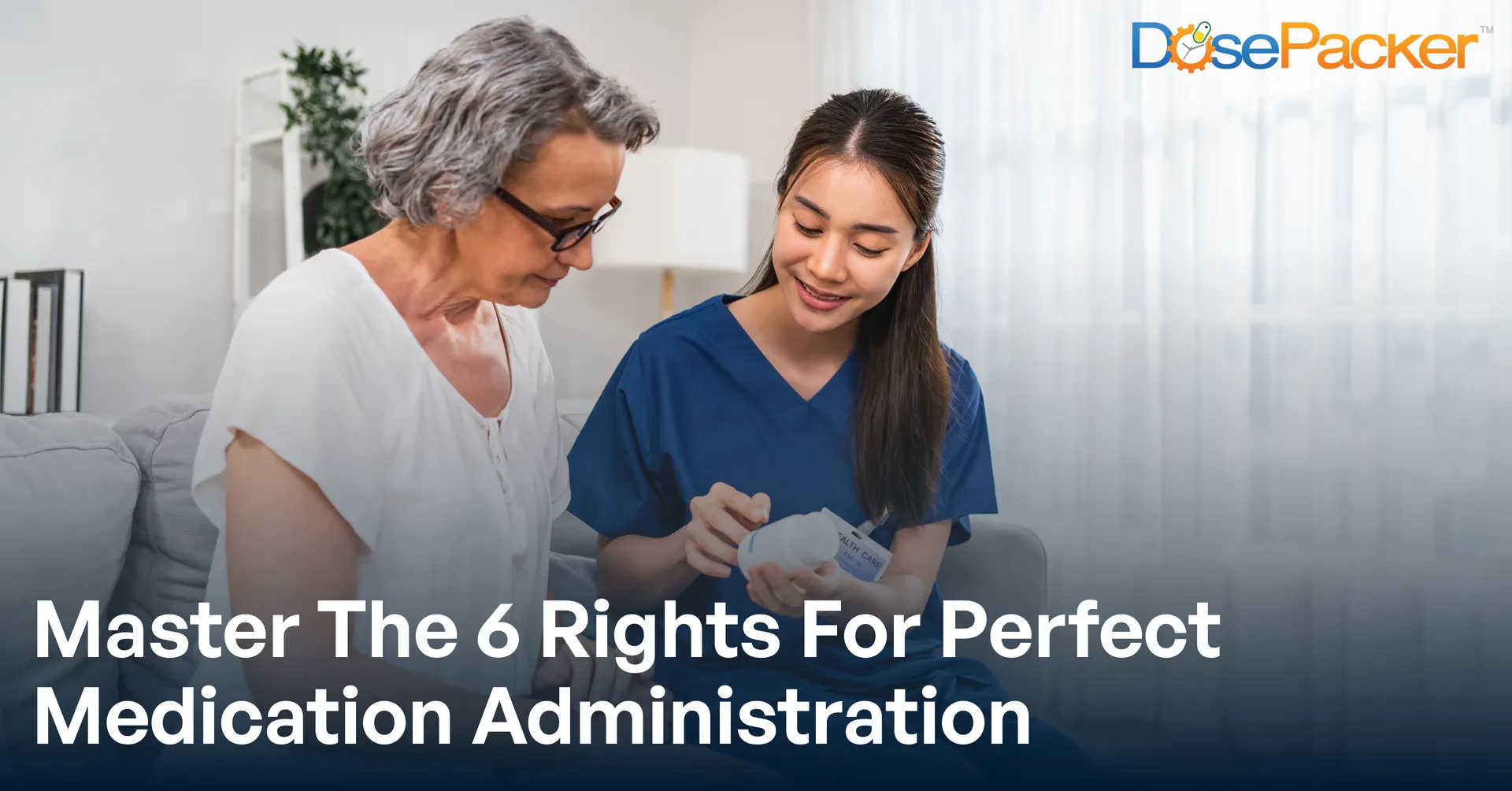
Have you ever double-checked a text before hitting send to ensure it was sent to the right person? Imagine applying that same level of caution to medication. While medications are meant to heal, manage conditions, and improve quality of life, a wrong dose or mix-up can quickly turn treatment into a serious health threat.
That’s where the six rights of medication administration come in. Think of them as your built-in safety checklist—six key steps to help ensure the right person gets the right medication in the right way, every time. Whether you’re a healthcare professional, a caregiver, or a patient trying to stay on top of your prescriptions, knowing these principles can make all the difference.
Let’s break them down and see how they can help you avoid medication mishaps.
Better Meds Management, Better Peace of Mind
What Are the 6 Rights of Medication Administration?
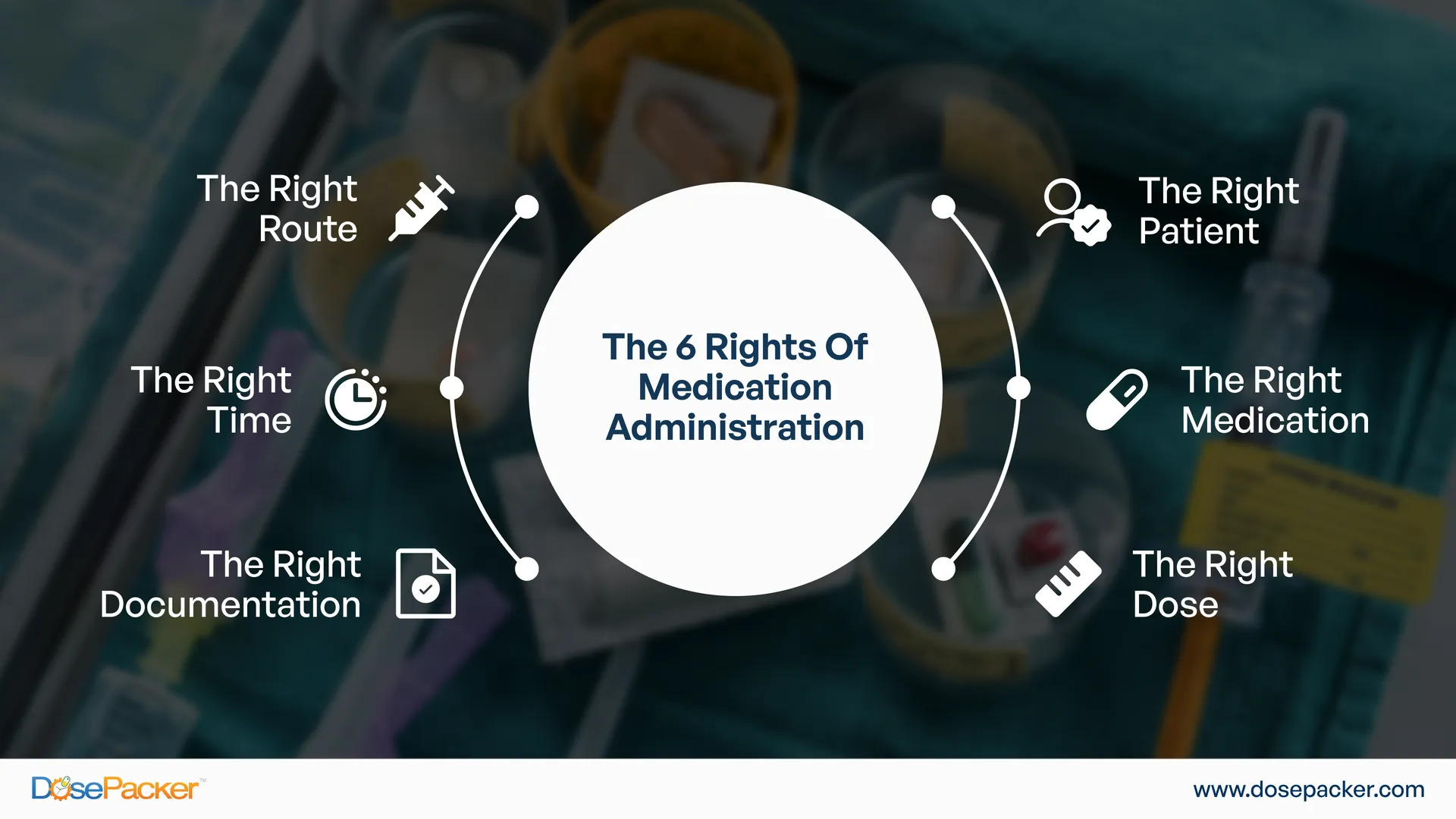
Preventing medication mistakes is crucial for patient safety. Using the six rights of medication administration checklist in healthcare settings is a simple yet powerful way to reduce risks and protect patient health.
Here’s a quick rundown:
- The Right Patient:
Making sure the medication is given to the correct person. - The Right Medication:
Ensuring that the drug being administered is exactly what was prescribed. - The Right Dose:
Double-checking if the correct amount is given. - The Right Route:
Confirming if the medication is taken the right way (oral, injection, topical, etc.). - The Right Time:
Giving the medication at the correct time and intervals. - The Right Documentation:
Keeping accurate records to track what’s been given and when.
Anyone handling medications can prevent errors and ensure the best possible health outcomes by following these six steps. Now, let’s explore each right and why it matters.
Mastering the 6 Rights: What You Need to Know
Mistakes when administering medications may happen, but the good news is they’re avoidable. By following the six rights, you can ensure safe, more accurate prescription management.
Let’s break each one down with real-world examples and practical tips.
1. The Right Patient: Confirm Before You Administer
Imagine two residents in the same care community with similar names: John A. Smith and John B. Smith. Without careful verification, their medications could easily be mixed up. To prevent dangerous errors, always confirm the resident’s name, date of birth, and medical records.
How to make sure you’ve got the right person:
- Always use two identifiers (ask for their full name and date of birth before giving them their medications).
- Checking a resident’s wristband or using a barcode scanner works best in a care community setting.
Even if you’ve known the patient or resident for years, always confirm their identity before administering medication. It only takes a second to prevent a disaster.
2. The Right Medication: Preventing Look-Alike, Sound-Alike Errors
Some medications have shockingly similar names—like hydroxyzine (for allergies) and hydralazine (for blood pressure). A simple mix-up could lead to a very bad outcome.
How to make sure it’s the right med:
- Triple check—when you grab it, when you prepare it, and right before you give it.
- Read the medication label and prescription order carefully.
- Watch out for look-alike, sound-alike drugs. When in doubt, ask a pharmacist!
Never assume you grabbed the right bottle. One extra check could save someone’s life.
3. The Right Dose: Double-Check Before Administration
Dosing errors are dangerous, whether it’s an overdose causing toxic effects or an underdose making the medication ineffective.
How to make sure the dose is correct:
- Use standard measuring tools.
- Follow facility policies for high-risk medications (like insulin or opioids).
- Double-check units (mg vs. mcg, mL vs. tsp) and ask if something seems off.
If a dose feels off, double-check before proceeding. Your gut feeling might just save a life.
4. The Right Route: Ensure Proper Administration
Medications meant for IVs cannot be taken orally, and creams cannot be ingested. Giving medication the wrong way can be ineffective or, worse, harmful.
How to ensure the right route:
- Always verify the prescribed route. Medications can come in multiple forms.
- Check the label to see if the medication is to be administered orally, sublingually (placed under the tongue), or extended-release (designed to release its effect at a delayed or slower rate).
- If unsure, ask a pharmacist before giving the medication.
Some medications must be crushed or split, but not all are safe to modify. Always verify before altering a pill.
5. The Right Time: Check Hours of Administration
Some medications only work when taken at the right time. Pain medications must be given before the pain worsens. Insulin must be taken with food, and antibiotics must be spaced evenly. Timing isn’t just about convenience—it’s about effectiveness.
How to stay on schedule:
- Follow prescribed timing and frequency (e.g., every 4 hours, before meals).
- Use reminders like alarms, pill organizers, or EHR notifications to stay on track.
- Be aware of food interactions (some medications need to be taken on an empty stomach, while others should be taken with food to prevent stomach upset).
If a medication has very specific timing rules, write them down or use a dose-tracking app (like DosePacker’s MyDoses App).
6. The Right Documentation: If It’s Not Written Down, It Didn’t Happen
Accurate documentation isn’t just a legal requirement—it’s a necessity for patient safety.
How to document correctly:
- Record immediately after administering the medication (never rely on your memory).
- Include the medication name, dose, time, route, and observations.
- For PRN medications, write why they were given and how the patient responded.
Clear, accurate documentation prevents errors, improves communication, and protects everyone. DosePacker’s CareCommunityOS eMAR chart helps streamline this process, making medication management safer and more efficient.
Why the 6 Rights Matter in Modern Healthcare
Medication mistakes can happen anywhere—hospitals, care communities, pharmacies, or even at home. That’s why sticking to the six rights is a lifesaving strategy.
Who’s Responsible for the 6 Rights?
While healthcare professionals are trained to follow these principles, medication safety is a shared responsibility. Here’s how you can play your part:
Caregivers & Family Members:
- Store medications properly and label them clearly.
- Set reminders for scheduled doses.
- Keep an updated medication list to share with doctors.
Residents:
- Always check the medication name and dosage before taking it.
- Use a smart pill organizer to avoid missed doses.
- Speak up if something doesn’t seem right. Your health depends on it.
DosePacker: Your Partner in Medication Precision
Taking medication shouldn’t be a hassle. With DosePacker, it’s as easy as it gets. Our medication management solutions keep things simple—helping you take the right medications, in the proper dose, at the perfect time. From easy-to-read packaging to helpful reminders, we take the stress out of medication administration, so you can focus on your holistic well-being.
- Compliance Packaging: DosePacker’s multi-dose compliance medication pack delivers pre-sorted, clearly labeled dose cups, each designed to align with your medication administration plan. Read how our compliance packs have upgraded the caregiving experience at renowned care communities.
“Since using DosePacker’s multi-dose compliance packaging from Verdugo Plaza Pharmacy, we’ve seen a noticeable improvement in efficiency and accuracy. Each pack comes with clear images and detailed medication information, making it easy for our staff to ensure the right medication is given every time. This has significantly reduced medication errors, saved us time, and, most importantly, enhanced the care and confidence of our residents.”
– Tyana Fisk, Owner and Administrator of Augustin Gardens
- CareCommunityOS: This system improves care coordination by streamlining communication between your care community and DosePacker Pharmacy, ensuring accurate, timely information sharing. It simplifies prescription management, improving efficiency and enhancing resident care. Here’s how our software has elevated care community management for users:
“As the facility administrator for Serene Suites, I’m highly impressed with CareCommunityOS’s transformative solutions. The software makes it easy for our staff to accurately document resident interactions and provides an excellent platform for training on proper documentation. The support team has been highly responsive, and using multi-dose packaging with dose-level QR codes has simplified medication passes for our staff.”
– Bradley Sanow, Administrator, Serene Suites
By incorporating DosePacker’s services, you can confidently manage your medications with less stress, fewer mistakes, and total peace of mind.
Safer, Simpler Medication Management with DosePacker
A Commitment to Safe Medication Practices
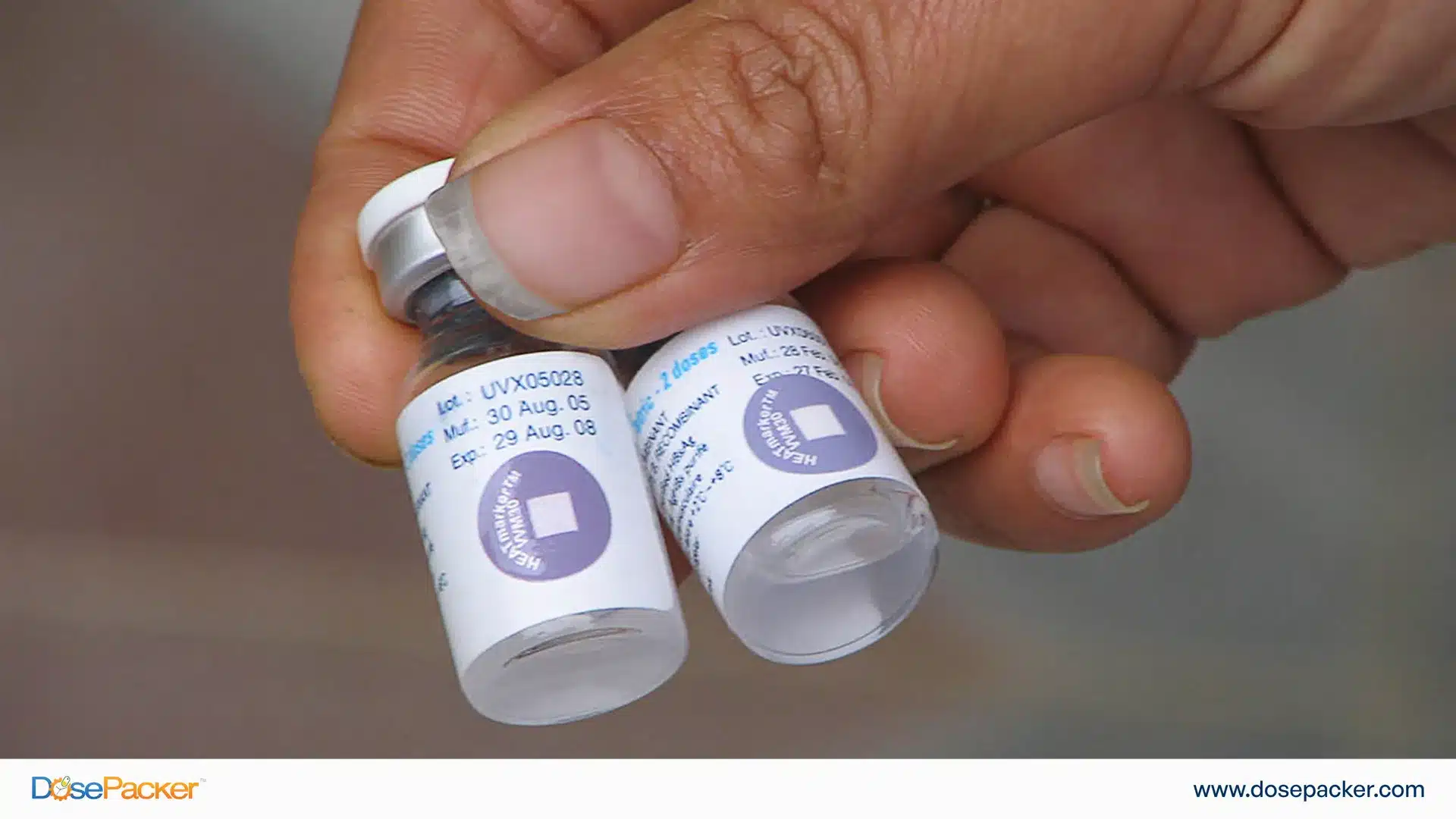
Whether you’re a caregiver managing a loved one’s prescriptions or a patient taking daily medications, following the six medication administration rights helps prevent errors and protect lives.
By double-checking the right patient, medication, dose, route, time, and documentation, you can create a safer healthcare system for everyone. But you don’t have to do it alone! Technology, like DosePacker’s innovative medication management solutions, makes it easier than ever to track prescriptions, reduce mistakes, and improve medication adherence.
At the end of the day, medication safety is about care, attention, and the right tools. Let’s work together to make every dose the right one!

